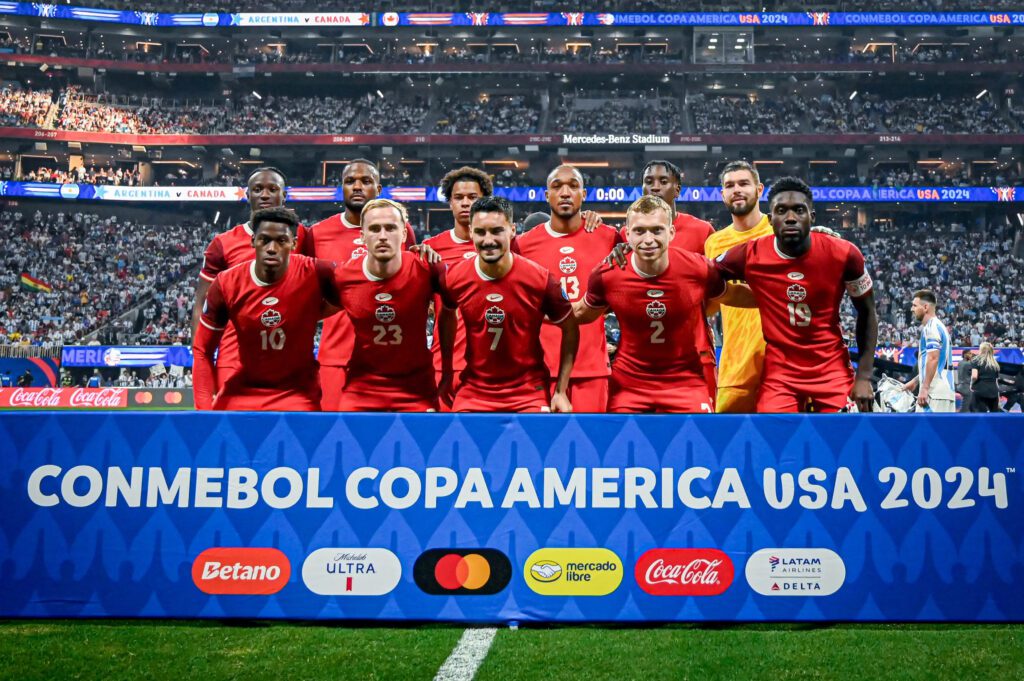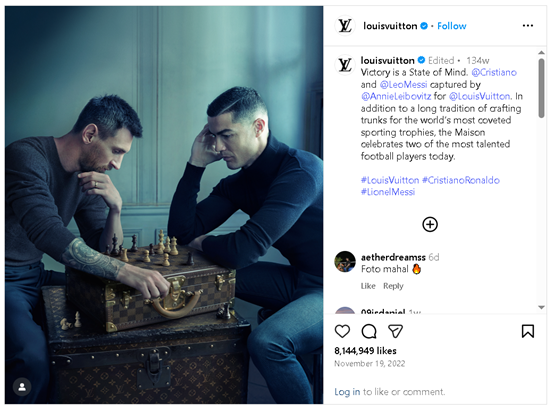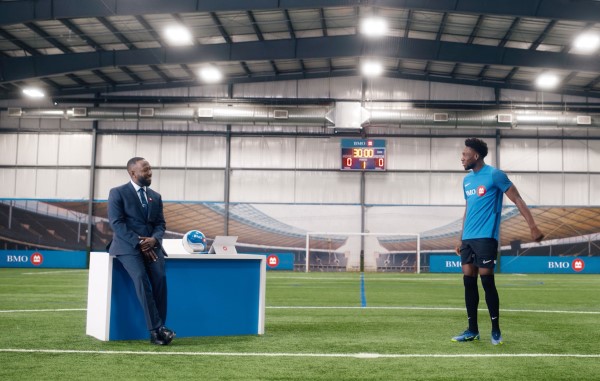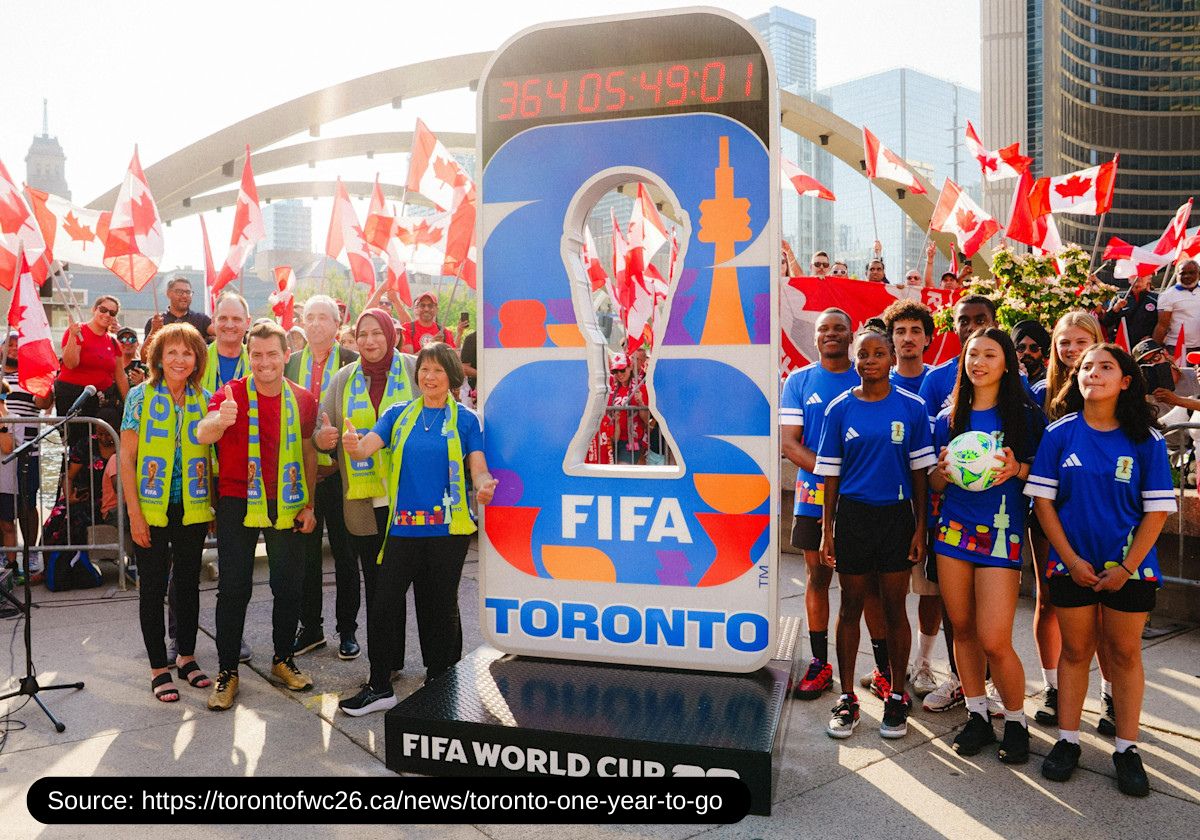by Kai Cui
With the prelude to the 2026 FIFA World Cup, the inaugural edition of FIFA Club World Cup, wrapped up in the US, one of the highest-profile sports events in the world will come to Canada for the first time in less than a year. Official countdown clocks were unveiled in Toronto’s Nathan Phillips Square and Vancouver’s Terry Fox Plaza and will remain on display until the tournament concludes. As Canada prepares to host 6 matches in Toronto and 7 in Vancouver—both local and global brands are facing an unprecedented opportunity for international visibility. So, what does the world’s most popular sporting event actually mean to Canadian advertisers?
A More Diverse Population Turns Soccer into a Mainstream Sport in Canada
Driven by changes in the economic situation, demographic diversity, and the national teams’ rising performances on the world stage, soccer is quickly becoming a core part of Canadian sports culture in recent years. Economically, soccer is far more affordable than Canada’s traditional favorite—ice hockey. With rising living costs, many families can no longer afford hockey’s steep training expenses. Soccer, with its low cost and easy access, is becoming the sport of choice for parents and children alike. A 2023 report from Toronto-based research firm SRG found that about 1 million Canadian youth aged 3–17 play organized soccer, accounting for 16% of the demographic. Even governments are responding to this shift: in 2019, Ontario pledged $2 billion over 20 years to build 45 new soccer fields—compared to just one new hockey rink.
Even more impactful is the Canada men’s national soccer team. In 2022, the Canucks qualified for the World Cup after 36 years as the top team in North America. In 2024, they made their Copa América debut and reached the semifinals. These milestones have energized fans and boosted nationwide interest in the sport.

Source: Copa América
Notably, the players overwhelmingly come from multicultural backgrounds. Captain Alphonso Davies was born in a refugee camp to Liberian parents in Ghana and immigrated to Edmonton, Alberta, at age five. All-time top goalscorer Jonathan David has Haitian roots and was born in New York, while other players trace their heritage to countries including Jamaica, Italy, Argentina, Colombia, Croatia, etc. The diversity of Canada’s national soccer team creates a powerful emotional bridge between immigrants, second-generation Canadians, and local communities—fostering a profound sense of national pride and identification.
“Looking at the 2026 FIFA World Cup, it is more than a sporting spectacle — it’s a cultural phenomenon that speaks directly to the hearts of diverse communities across Canada and the U.S. For brands, it’s a rare chance to engage authentically with audiences who don’t just watch football — they live it. Winning their loyalty requires more than visibility, it demands cultural relevancy and more. As a soccer fan and an advocate of multicultural marketing, I believe the real win lies in understanding these cultural nuances and building campaigns that truly resonate beyond language, color or race. That’s the ultimate goal.”
— Shaharyar Irfan, Director, Global Business Development & Partnerships, AVCommunications
Host City Supporter Program Creates Opportunities for Local Brands
From FIFA partners to the newly created host city supporter program, the World Cup ecosystem offers a multilayered commercial landscape, especially as we look toward the 2026 edition in North America.
Source: Coca-Cola www.youtube.com/@Coca-Cola
As a long-term FIFA partner, Coca-Cola hasn’t missed a World Cup since 1978. Three years ago in Qatar, its “Believing Is Magic” campaign launched an exclusive version of a famous song, adding a musical element. Additionally, the Original FIFA World Cup Trophy trip, which visited all 32 qualifying countries as part of a 51-country tour, was a noteworthy first. Likewise, Budweiser’s “The World Is Yours to Take” campaign used voice-activated cans, star-studded ads, and influencer promotions to turn fans into co-creators—driving both buzz and sales.
For Canadian brands that want to explore opportunities in the North American market, don’t overlook regional sponsors. As for now, Airbnb, Diageo, and Home Depot have joined the club of North American supporters. Especially for Diageo, which is supporting the World Cup for the first time, it will not only activate across all 16 host cities in Canada, the U.S., and Mexico with its premium spirits brands, but also promote the collaboration throughout Central and South America.
Furthermore, an unprecedented “Host City Supporter” program has been established for the 2026 World Cup. The first sponsor to arrive in Toronto was Ontario Power Generation (OPG). This collaboration marks an era of city-brand partnership by providing local companies with rarely seen worldwide exposure, in addition to helping the city recover event expenses. Since the city has officially confirmed The Bentway and Fort York National Historic Site as the Fan Festival‘s official locations during the World Cup, other local brands—such as food and beverage companies, financial service providers, and tech innovators—can take advantage of the chance to incorporate themselves into these engaged, culturally significant areas.
Not an Official Sponsor? No Worries! Creativity Will Help You Score!

Source: Louis Vuitton IG
Not a sponsor of the FIFA World Cup in the traditional sense, Louis Vuitton is known for creating the trophy travel case since 2010. Ahead of the 2022 tournament, Louis Vuitton released a legendary photo featuring Lionel Messi and Cristiano Ronaldo playing chess on an LV trunk across social media channels. The image instantly went viral. By combining its trophy case product line and the tagline “Victory is a state of mind,” LV masterfully blended luxury with emotion—creating one of the most talked-about brand moments of the tournament.
Source: Torres comps www.youtube.com/@torres9compshd
With its rival Adidas being a FIFA partner, Nike broke all boundaries with its “Footballverse” ad, where football legends across eras like Mbappé, Ronaldinho, and Ronaldo appear in an alternate universe alongside digital avatars. It reignited nostalgia and encouraged Gen Z participation under the slogan “YOU’RE UP.” Star-driven campaigns like this are now also within reach for smaller brands seeking relevance.

Source: Strategy Online
During the tournament, BMO Field will be temporarily renamed “Toronto Stadium” in accordance with FIFA’s sponsorship policies. But BMO does know how to leverage soccer-related ideas. Back in 2022, the “#BMOGrowTheGame” campaign featured Alphonso Davies as a soccer ambassador who playfully interacts with a virtual BMO banker. Moreover, BMO has invested over CAD 25 million in youth, women’s, and grassroots soccer—building real social value around its identity as “the soccer bank.” Considering its deep connection with this sport, it will not be surprising if Canada’s oldest bank gains much more despite losing the naming rights for one month.

Source: Vatti
Last but not least, apart from global giants and nationwide names, local brands could stand out while thinking out of the box. During the 2018 World Cup, Chinese kitchen appliance brand Vatti made a bold bet and promised full refunds on designated products if France won the World Cup. When France did, Vatti followed through. Local media indicated that the refund cost around CAD15M but gained CAD38M in sales growth, not to mention the campaign earned massive brand visibility.
Key Takeaways for Marketers When playing with the World Cup
The World Cup and the tens of thousands of soccer fans of multicultural backgrounds coming to Canada might be a once-in-a-lifetime opportunity for various brands. Here are our tips for brands looking to connect with multicultural audiences during the World Cup:
- Prioritize Emotional Connection: Consumers are more moved by shared values and emotional storytelling than by product details. Align your messaging with themes like unity, perseverance, or aspiration to leave a lasting impact.
- Craft Concise, Impactful Content: Keep messaging short, memorable, and in tune with the moment. Use culturally resonant visuals and slogans that mirror the pace and energy of your audience’s environment.
- Leverage Social Media for Reach: Viral potential increases when you combine compelling content with influential voices and social platforms. Creative, participatory content can yield strong engagement, even on modest budgets.
- Encourage Audience Participation: Turn consumers into active participants by creating opportunities for interaction and co-creation. Building a sense of community fosters deeper brand loyalty and emotional investment.
If you want to “score” your own marketing goal this time next year, just contact us!

